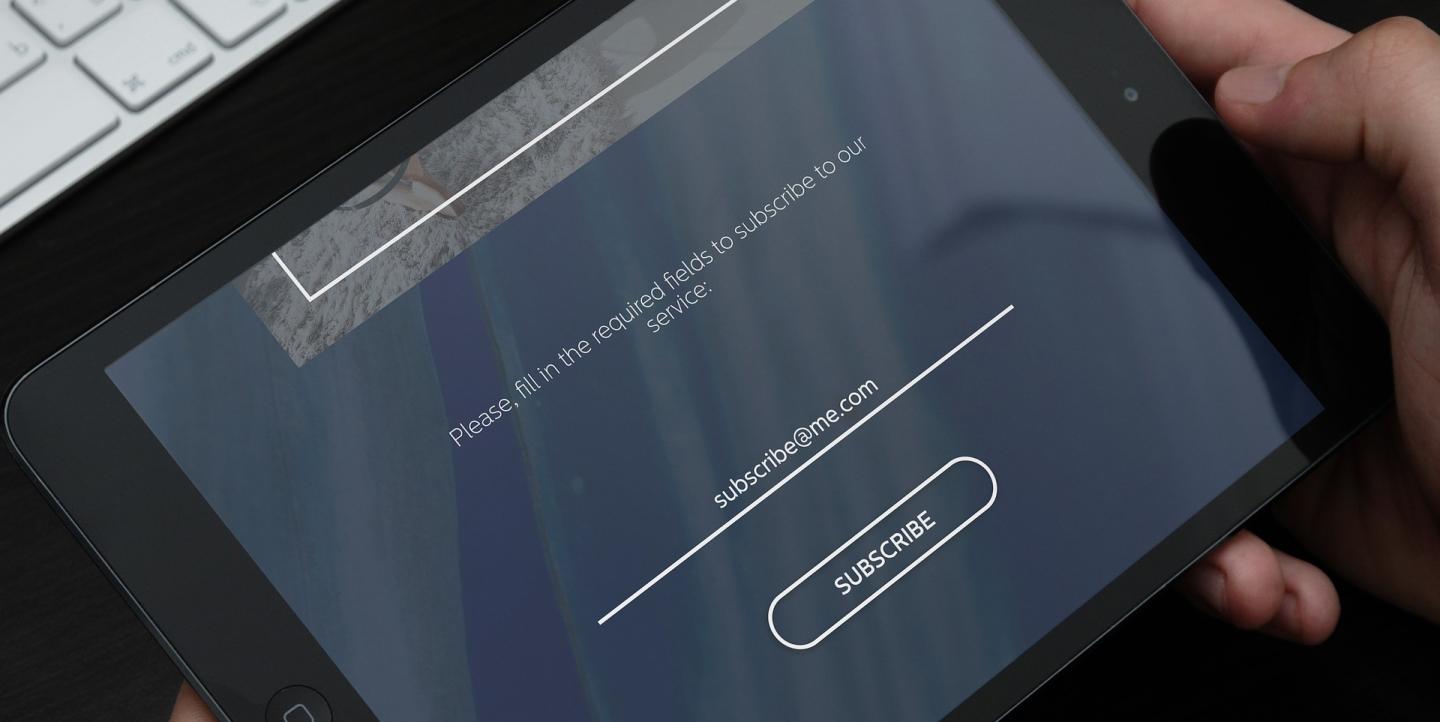Josh Marshall started out as a political blogger in 2000, made a business of it in 2003, won a George Polk Award, and has managed to stay independent through all the wild swings of the digital pendulum.
So his reflections on how to transition from an advertising business model to paid subscriptions have a certain authority.
He talked about the evolving business model of his site, Talking Points Memo, in a 47-minute podcast with Digiday Editor Brian Morrissey. Among Marshall's observations that are relevant to other would-be news entrepreneurs:
- Small, independent news sites cannot rely on scale to drive revenue. They need a strong relationship with their users. Many digital media organizations that have massive audiences will not be able to make the transition to paid subscriptions because they don't have that relationship, he believes.
- Many of the 26,000 paid subscribers to TPM, which are now supplying just over half the site's revenue, pay because they support the mission of the publication, which "draws on readers' knowledge to break stories." The sales pitch for the $50 Prime product is that you get "warm, fuzzy feelings from supporting independent journalism".
- Growth in subscriptions for news is organic, not viral, Marshall told Digiday. TPM has acquired its paying customers gradually over six years. What started out as "a kind of sideline" revenue source has evolved into the main one. Just over half of the site's revenues come from subscriptions, at $50 a year. The publication experienced a slight "Trump bump" after the 2016 election, but Marshall estimated that this represented around 5% of the total.
- Many of the recent fads aimed at generating revenue, such as creating videos and content specifically for Facebook, end up delivering little to publishers and more to Facebook.
- Don't try to create new types of products that stray from your central mission, Marshall said. For a time, TPM offered long-form journalism, but other media were better at it and had more resources to do it. They had a similar experience with video. In the end, they decided to offer a premium product that went deeper into what they already covering.
Marshall believes that your total number of users are not your true audience. Of TPM's 4 million to 5 million users, half come only once a month. "They are not our audience," he told Morrissey. They arrive from referrals from social media or search engines and don't know anything about the publication.
Doing the math, 26,000 annual subscribers at $50 each translates to $1.3 million. Subscribers represent around 0.6 percent of users. That percentage compares to just over 1 percent for the Washington Post and 3 percent for the New York Times (digital-only subscribers here and monthly users here).
More important for Marshall than these numbers are the ones that signal engagement -- the number of users who return to the site multiple times daily and sample multiple pages per visit. These users are the potential subscribers.
About 95 percent of TPM's content is freely available. The material for subscribers only includes explainers, analysis, and editors' and reporters' backgrounders on the hows and whys of particular coverage,
Marshall has some "friends and family" investors but maintains complete editorial control. The site is profitable, he told Digiday. "It's independent, so it has to be."
This post originally appeared on James Breiner's blog News Entrepreneurs and is republished on IJNet with permission. James Breiner is a former ICFJ Knight Fellow who launched and directed the Center for Digital Journalism at the University of Guadalajara. Visit his websites News Entrepreneurs and Periodismo Emprendedor en Iberoamérica.

